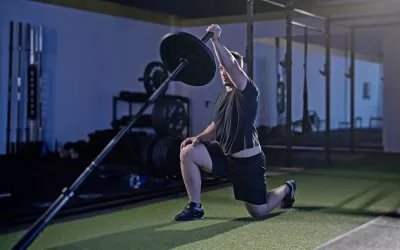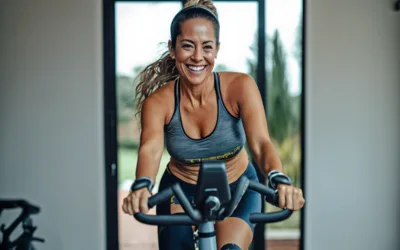Advanced Plyometrics: Progress Your Jumps & Build Athleticism
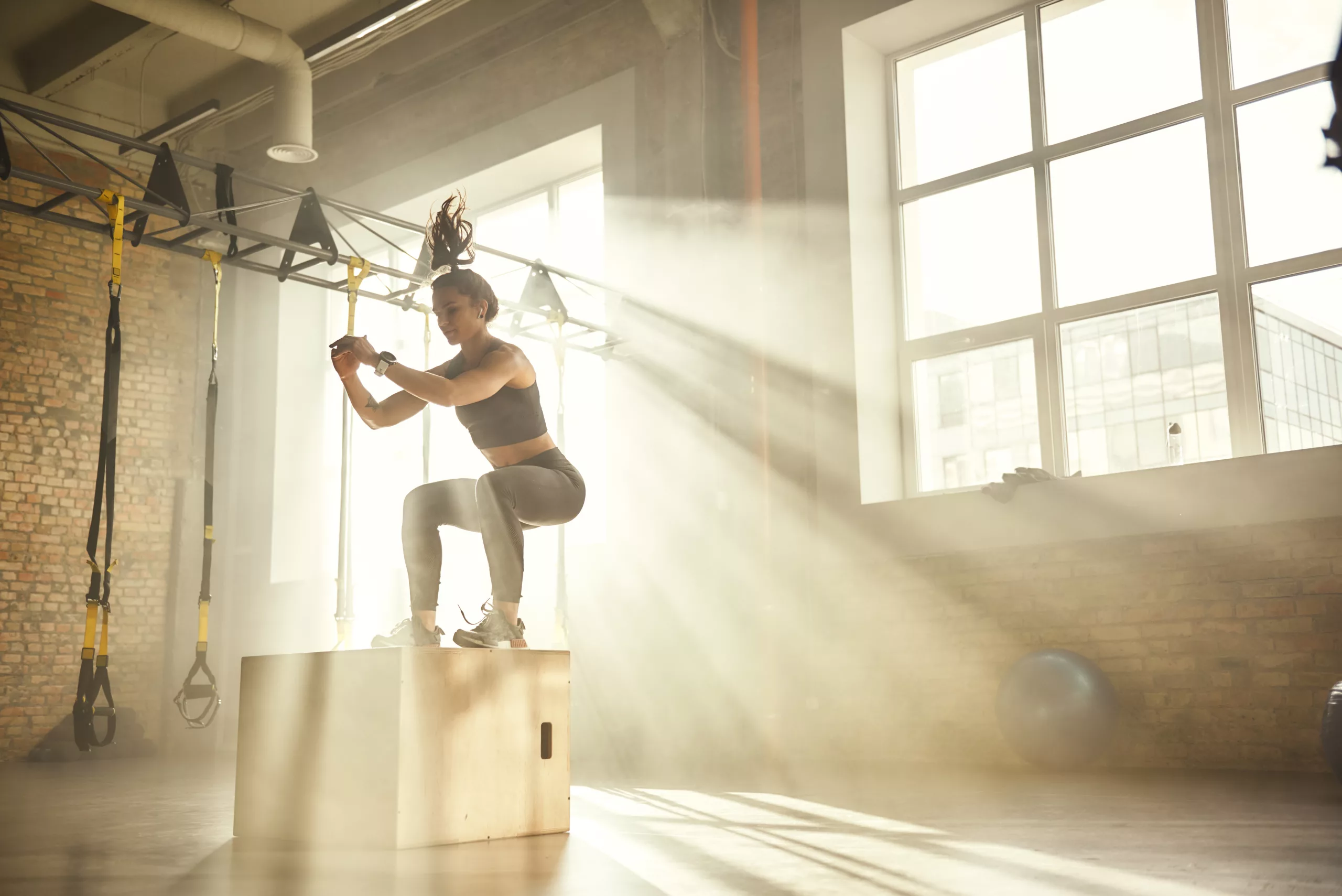
Kyle Donsberger is a CSCS, lifelong athlete, and owner of Impulse Athletics. He is a current member of the Canadian Skeleton Team and a 2012 & 2016 Olympic Trials semi-finalist in the 400 meters. In this blog, he guides you through five plyo progressions (with thorough explanations & gifs!) that translate to your performance on the field, court, and everyday life.


Change the Way You Train
Improve Your Health & Power Production
Plyometric training is a great tool for building strength and power with little or no equipment. Regularly doing plyos and progressing them over time keeps your bones, joints, and ligaments healthy and functioning like a well-oiled machine. Plus, who doesn’t want to be more powerful!?
If you’re familiar with plyometrics, you probably know how to do a squat jump, double hop, vertical horizontal vertical jump, lateral hop, and single leg hop. These simple (but mighty) moves are super effective in building power, but adding some modifications can really up your game by improving your coordination and dynamic force production.
Important: If you’re new to plyometric training or haven’t heard of these moves before, check out this blog before attempting any progressions: 5 Powerful Plyometric Exercises You Can Do Anywhere
Squat Jump Progressions
2. Squat Jump → Multiple Squat Jumps In a Row → Loaded Squat Jump
The first squat jump progression includes a tuck jump. The tuck jump is essentially the same as a squat jump, except you snap your knees to your chest at the peak of the jump.
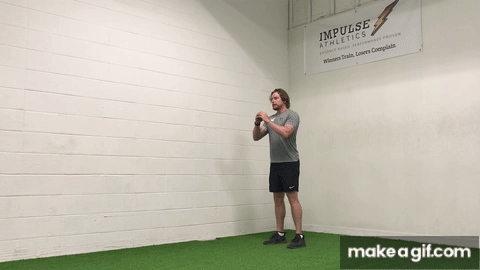

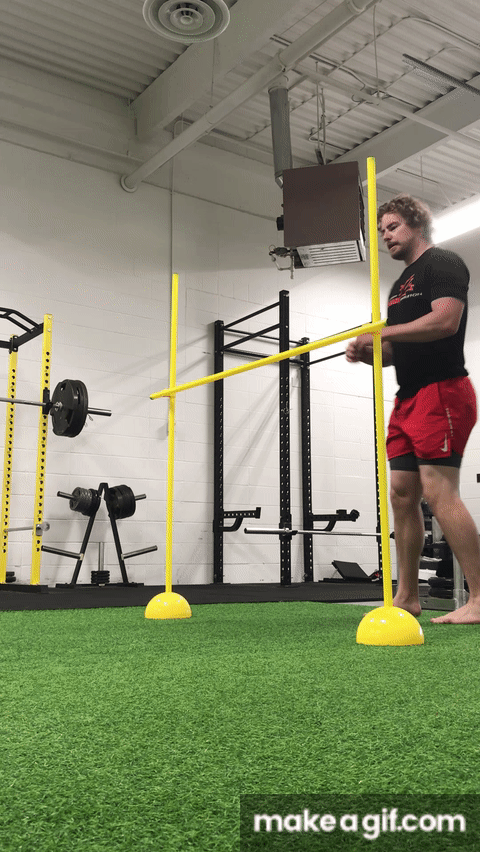

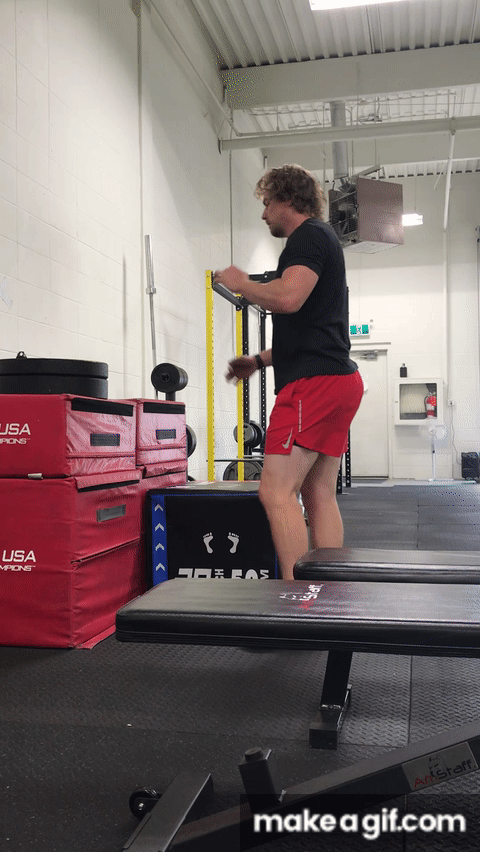

This progression is especially great for building bone strength and elasticity in tendons. Just make sure to load through your hips with each jump to prevent unwanted stress on your knees and ankles.
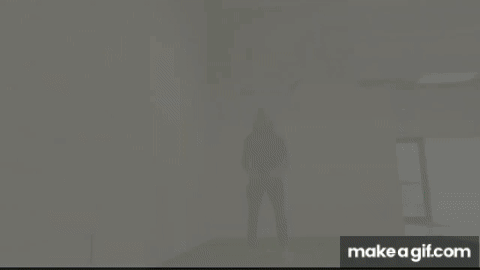

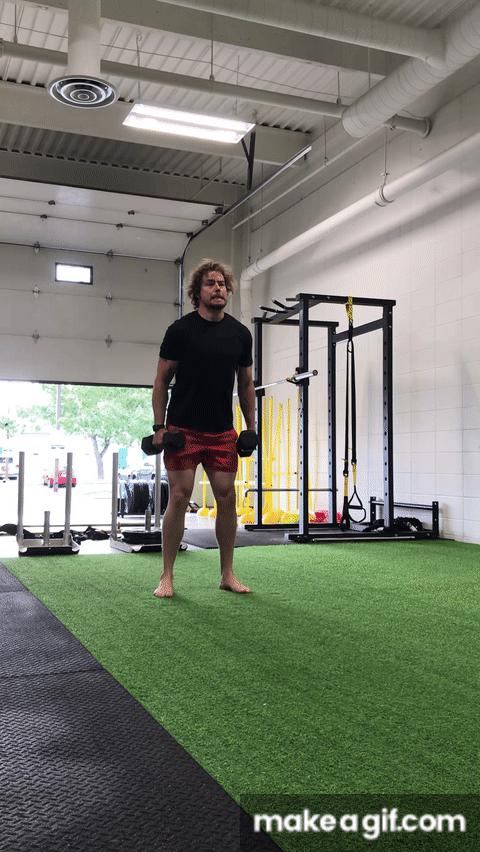

Double Hop Progressions
2. Double Leg Hop → 3 Double Leg Hop → 5 Double Leg Hop
3. Double Leg Hop → Depth Drop Double Leg Hop → Depth Drop 3 Double Leg Hop
4. Double Leg Hop → Banded Double Leg Hop → Banded 3 Double Leg Hop
Let’s get into some double leg hop progressions. The first progression starts off with a double hop that progresses to a VHV jump.
The second progression is 3 double leg hop, which is essentially stringing together 3 jumps. Doing multiple jumps adds a layer of coordination and forces you to absorb the landing better (because you need to transfer that energy into two more jumps).
Once you master the 3 double leg hop, add more jumps until you get a 5 double leg hop.
Stringing jumps together correctly is harder than it looks – it gets extremely tiring if you’re putting in max effort (which you should!). For that reason, I recommend stopping at 5 double leg hops. There’s not much benefit after 5 as quality drops when your body is fatigued.
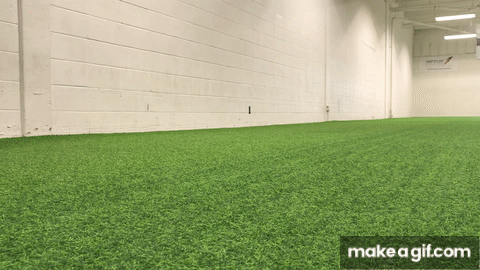

There are multiple ways to do this movement. I use boxes in the gym, but a bench, a stair, or anything that’s stable with ample landing room works just fine. I usually don’t go above 20 inches because the landing gets a lot tougher at higher depths.
The key to the depth drop is landing and absorbing force in an athletic position. This teaches your body how to transfer power effectively.
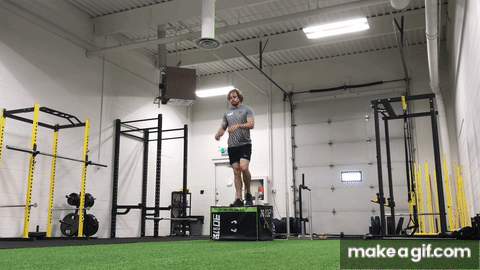

To do a banded double leg hop, do everything the same as you would in a regular double leg hop with an extra focus on driving out the knees.
If you’re up for a challenge, try adding more jumps together for a banded 3 double leg hop.
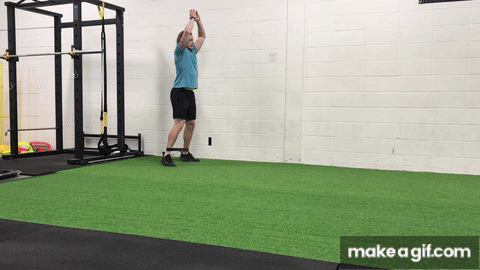

Vertical, Horizontal, Vertical Hop Progression
For this one, all you do is add more jumps. Just make sure you always end with a vertical jump.
It’s crucial to load through the hips so that you’re able to control the direction of force as you fatigue. I don’t recommend progressing past 7 jumps as technique usually starts to break down.
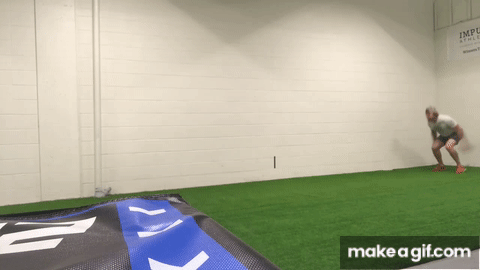

Lateral Hop Progression
Start with a simple lateral hop and then add a small forward hop at the end. This small hop forward is important because you don’t want to hop diagonally.
Once you take that small hop forward, hop straight across to the other side. Take another small forward hop, and hop laterally back the other way.
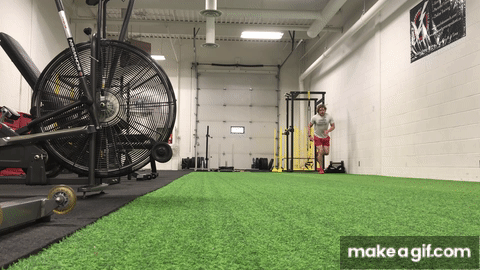

Remember to stabilize through your core and upper body. This prevents any twisting in the shoulders or hips as you jump, which wastes energy and power.
If you’re up for a challenge, give the final lateral hop progression a try. This complex movement pattern further challenges your body to transfer and absorb force.
Start with the lateral hop. As you land on your other leg, hop as far forward as possible and land in an athletic position. Add a small hop forward again before going into the next lateral hop.
Confused? Fair enough. Here’s a visual:
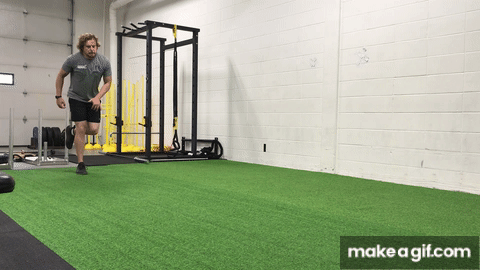

Single Leg Hop Progression
Remember when you first learned how to do a single leg hop and landed on two legs? Now try landing on just one leg, the take-off leg. This requires a LOT more stability.
Remember to keep your core stable to prevent collapsing at the hip.
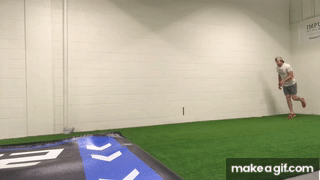

Make sure you’re loading and landing through your hips. Keep your chest over your toes just like with the double leg hops. When attempting multiple jumps, try to cycle the knee of your free leg for higher power production and stability.
Here’s a look at 3 single leg hops in a row:
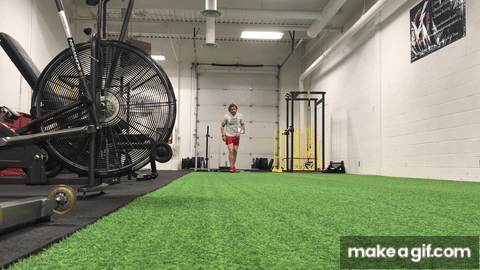

Add these plyometrics into your weekly workout routine and progress them over time for a more athletic, healthier, and powerful version of yourself.
Find Your Perfect Training Plan
Sometimes all you need to reach your destination on your fitness journey is an expert guide. We've got you covered. Browse from thousands of programs for any goal and every type of athlete.
Try any programming subscription free for 7 days!
Want Training Tips, Exercise Guides & Knowledge Bombs Sent to Your Inbox?
Sign up for the FitNerd newsletter from TrainHeroic
Related articles
6 Best Landmine Exercises for Full Body Strength
Although typically used for simple core and functional-type movements, the landmine is actually an amazingly versatile tool that can be used as a primary exercise for many muscle groups. If you’re looking for a new way to build overall strength and power, give these 6...
TrainHeroic’s Top Online Crossfit & Functional Fitness Programs
For CrossFit athletes who drank the Kool-Aid and have been neck-deep in the community ever since, functional fitness is the ultimate path to athletic greatness. The challenge for most meal-prepping, crew-sock-wearing, FitAid-drinking Type-A garage gym warriors is...
How Age Affects Your Training & What To Do About It
Your body naturally changes/slows down with age – there’s no denying that. But being aware and making some subtle changes to your training slows down that process. Marc Lavallee has trained Canadian military units in the Search and Rescue Technician (SAR-Tech)...


Join the community
Sign up for the latest training news and updates from TrainHeroic


About TrainHeroic
Support
Made with love, sweat, protein isolate and hard work in Denver, CO
© 2022 TrainHeroic, Inc. All rights reserved.


